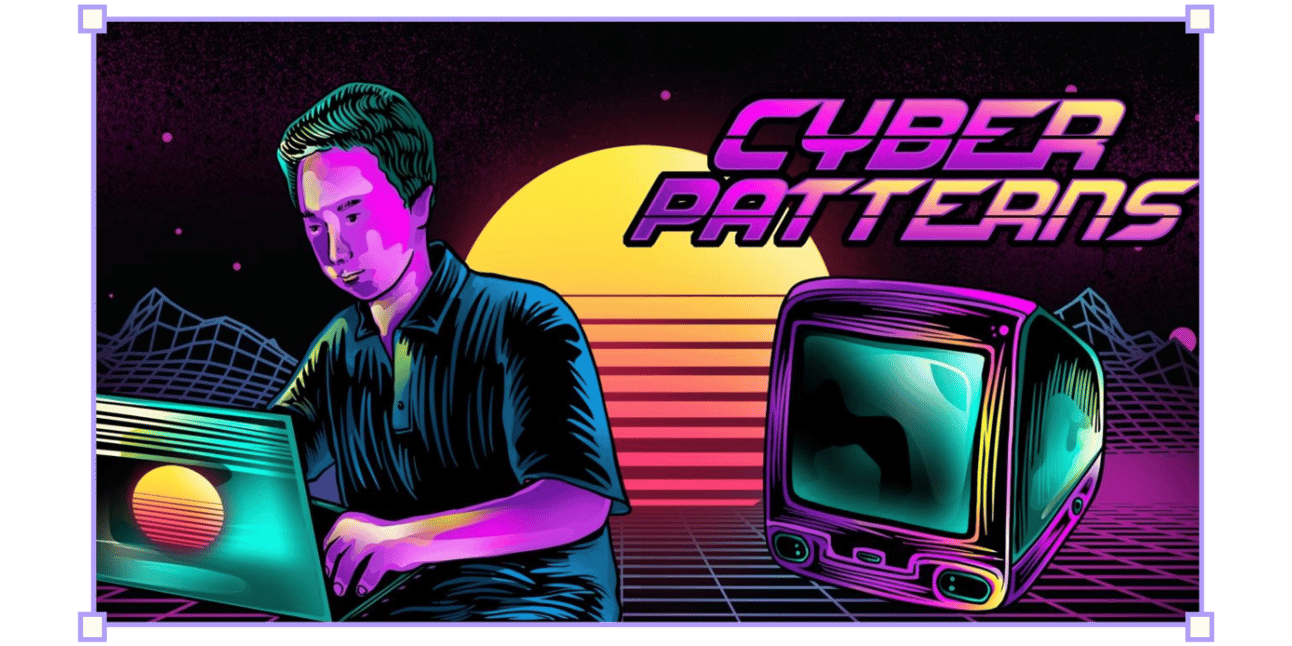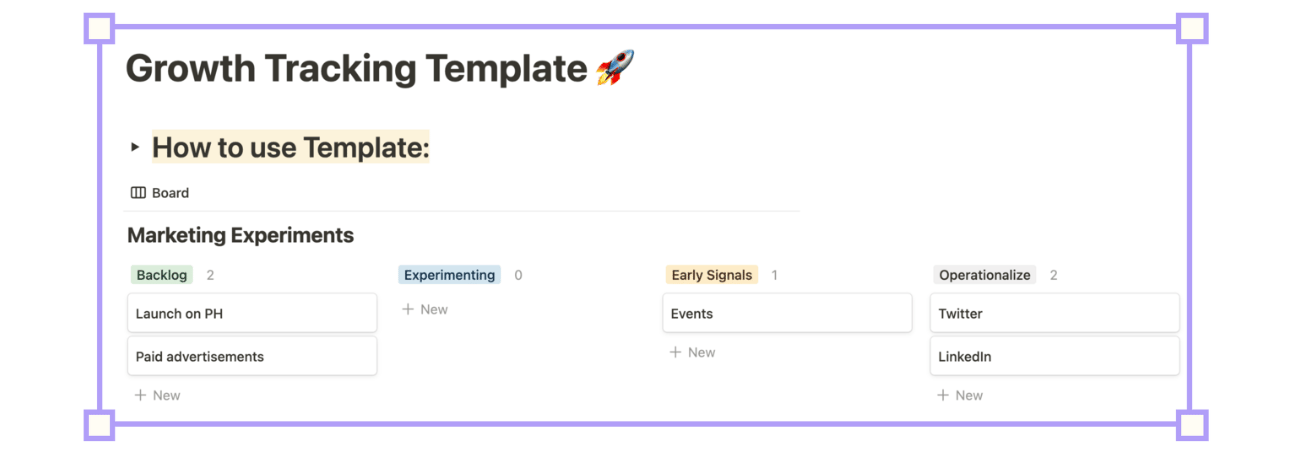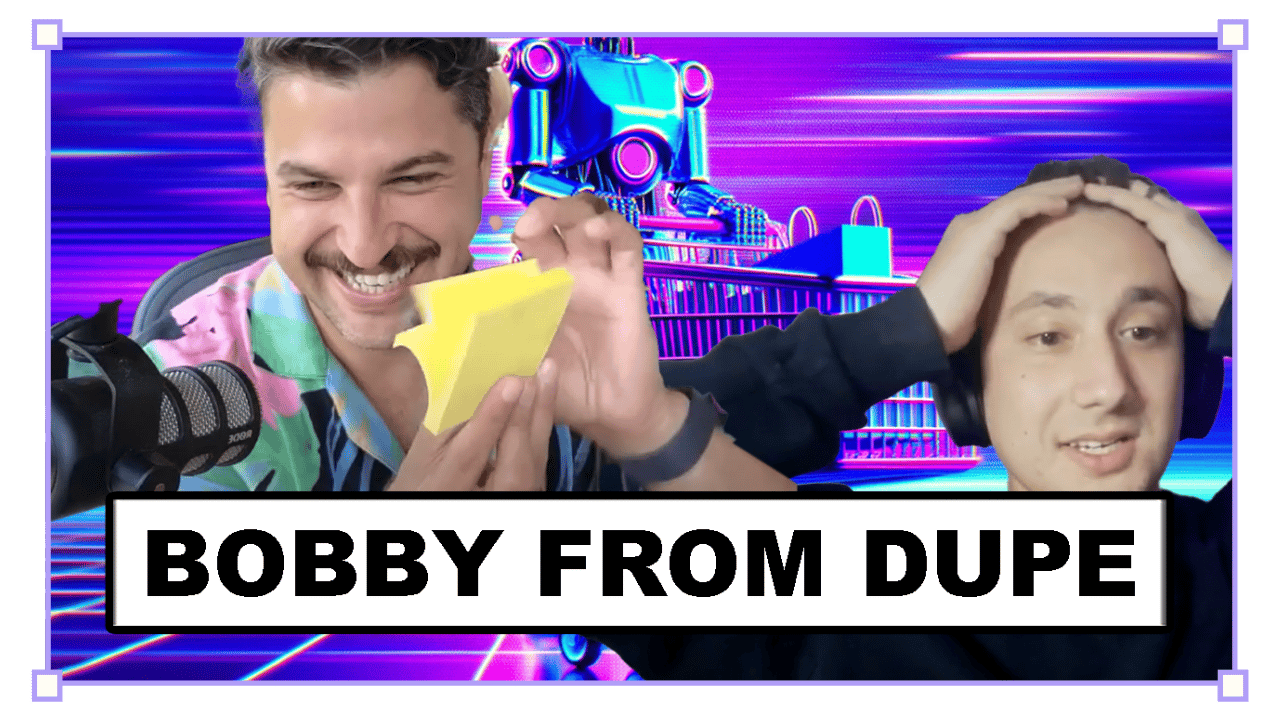
Read time: 6 minutes 16 seconds

Startups have become a spectator sport.
Growing an owned audience, creating an original content series, running new media experiments, and building-in-public were once obscure strategies. Today, they’ve become the best-practice playbook for growing startups.
An internet pal named Jason Levin is the first person I’d call if I had 5 minutes to come up with a meme to make my business go viral.
He advises startups on organic growth hacking strategies, he’s building the ‘Google Trends for memes’, and is the new Head of Growth at Product Hunt.

For the content design nerds, check out his newsletter Cyber Patterns
Today’s breakdown is the actual blueprint he pitched Product Hunt in his interview, and is currently executing.
Over to Jason.
Enjoy.
— Tom
P.S. Huge announcement coming in exactly 7 days. See you there. That is all.


Become Leadership Material in 90 Days
Turn strategy skills into your career superpower with bite-sized, practical tutorials.
No theory, just actionable skills that instantly increase your workplace value.
1 simple trick that saves me 3+ hours each week
Within weeks of starting my business I felt like I was drowning in the overhead of managing my emails.
Readers, vendors, customers, partners, follow-ups, renewals, negotiations, hiring, inbound, outbound. I’d regularly spend an hour each day organising my comms. A logistical nightmare.
Then I found Attio.
It syncs with my email and calendar, so it knows who I’m speaking to, frequency of interaction, and strength of our relationship.
No more manual data entry or endless spreadsheet updates.
The best part? It takes minutes to set up. No exaggeration. Literally took me ~10 minutes to configure enough of a base setup to save me hours per week.
The more I use it, the more it knows about my relationships, so it compounds in value month over month.
Thank you for supporting our sponsors, who keep this newsletter free.


💡
Strategy Playbook: Turn your team into a content machine.


Breakdown
The how: The strategic playbook boiled down to 3x key takeaways
Sup everyone.
My name is Jason Levin.
Product Hunt is one of the most influential companies in Silicon Valley. We are literally the greatest video game on the internet: everyday 100s of startups launch on Product Hunt competing for attention and users worth millions of dollars.
But when I joined Product Hunt in March, we had a problem.
We were struggling with organic social media. We were stagnant and reliant on ads. That’s why I created a mission for myself and the team.
My mission: build the Product Hunt team into a social media mafia
You’ve heard of the PayPal Mafia?
Elon Musk, Peter Thiel, David Sacks, Keith Rabois, and Reid Hoffman. They all worked at PayPal and went on to start monster companies and become infamous in tech.
I think Morning Brew is the Gen-Z internet-native version of the PayPal Mafia.
Ever notice how every Morning Brew employee has the coffee cup emoji next to their name on social media? ☕️ The Morning Brew team is a social media mafia. Alex Lieberman, Austin Rief, Dan Toomey, Macy Gilliam, Toby Howell, and more. And like PayPal, Morning Brew’s early employees are already building massive companies (ex. Tyler Denk at Beehiiv)
The coffee cup emoji was genius branding by their team and has since been remixed by a dozen other companies with everything from a bee emoji to a poop emoji, but there’s something far more important than silly emojis at work here.
In fact, the emojis were actually useless without this.
The most important thing is: every employee is creating content and striving to build a following. Not just the founder, not just the marketing people, every employee from the founder even to the engineers are creators actively publishing content.
This is my goal with Product Hunt: to build a Product Hunt Mafia.
When I started working with Product Hunt, there was—and still is—arguably 1 main face of the company: Ryan Hoover, the founder.
But this is a problem for Product Hunt. Because while I love and he loves Product Hunt, he’s no longer the CEO of Product Hunt.
So, it’s my mission to establish new faces to represent the company.
How do you do that?
1. You become recognizable.
This is the simple part.
On Twitter/X, there’s a brilliant new feature called Verified Organizations and Affiliates where you can put your logo next to your team members’ names plus get them boosted reach and analytics tools. (I give a tutorial here)
Verified Orgs costs $1,000/month plus an added $50/affiliate, but it’s 100% worth it if you’re trying to build a social media mafia. Now every member of the Product Hunt mafia has a clickable version of our logo next to their names. Plus as an admin, I can view the analytics stats of our entire team (not just the brand accounts).
On LinkedIn, it’s as simple as putting your company in your bio. On Instagram, TikTok, etc., it’s the same thing. Maybe we could add cat emojis to our names, but we chose not to.
Easy.
Now you’re a recognizable mafia like Morning Brew, right?
But wait, there’s a problem.
You’re recognizable, but you’re not getting any eyeballs on your content.
You’re like a bunch of people wearing the same outfits and wondering why anyone hasn’t said anything, but you’ve all been sitting inside all day!!!!
You need to get some eyeballs on you!
2. Build your leaders into influencers (starting at the top of your org chart)
I’ve ghostwritten for incredible founders backed by a16z, Sequoia, USV, and more.
As a rule, I find founders/VCs are idea-rich, but time-poor.
Our CEO Rajiv was no different.
When I joined Product Hunt, Rajiv had 7k followers on X. I couldn’t believe it. He’s one of the smartest, thoughtful and well-connected people in Silicon Valley. The dude raised $15M for his last startup and got a check directly from Y Combinator founder Paul Graham. He’s full of tips about launching on Product Hunt. The dude is a wealth of knowledge. What I’m saying is he deserves 100K followers (but he’s been too busy).
That’s where I stepped in.
By scaling his thinking and helping him publish content 1x/day, we’ve grown his X following +40% in the last 3 months. He’s now up to 12.1k followers and we’re already seeing his tweets influencing startup founders to launch on Product Hunt. To push founders to keep launching on Product Hunt, we’ve been posting 1-2x/week about how the best startups don’t just launch once—they launch for life. Notion, Linear, and Figma all launched 10 times. And the tweets are working! Here’s 1 message Rajiv received from the founder of one of the hottest startups in Silicon Valley (just raised a $30M+ Series B) that decided to launch again on Product Hunt for the 5th time last month!

When Rajiv’s follower count starts compounding, that’s when the big numbers start going. My goal is for Rajiv to have 100K followers in the next year or two and for him to be one of the biggest accounts in tech. Plus on top of growing Rajiv’s account, I’ve helped our marketing team grow their individual accounts by encouraging everyone to be working together as a team to post more, retweet each other, and even add a little friendly competition to push each other. Since I joined, one of our writers Aaron is actually up from 7,000 followers to 21,000+ followers! He’s killing it! And this is just the beginning!
I’ve also doubled down on growing my personal accounts on X and LinkedIn. I was already at 22k followers on X when I joined Product Hunt and am now up to 26.4k. And after basically ignoring LinkedIn for 3 years, I also started investing a significant amount of time in growing my LinkedIn—which is now doing SERIOUS NUMBERS.
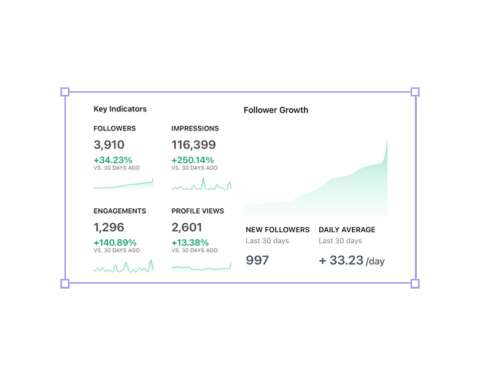
TIP FOR MAFIA BUILDERS: create a Slack channel for self-promo where the whole team can post their tweets, LinkedIn posts, Instagram posts, whatever to help each other! Even better, create automations when posts go out to alert each other!
3. You build the brand account
Everyone thinks the brand account comes first!
NOPE.
The brand account actually comes last.
It’s sooo much easier to grow a personal account first, and then push people to the brand account. People follow people, not brands. That’s why you need to make your team as recognizable as possible. When you have a recognizable, well-known team, growing the brand account is 10x easier. It’s swimming downstream v swimming upstream.
My main philosophy around our brand account is to be as personable as possible. When I interviewed with Product Hunt, I went through their Twitter and I saw they hadn’t retweeted, liked, or even replied to one of their followers in 6 months. I was shook.
I was like “We have an account with 500K followers that people love and you’re not using it to boost up your community. If I’m hired, this will be the #1 priority. Retweeting our users, sharing their content, helping them get more attention and money online.”
I was hired and immediately started doing that:
Liking and retweeting users’ launches, motivational stories, and product memes
Replying to users on the timeline with funny cat GIFs, thoughtful ideas, and motivation cheering them on (replies from a 500k account helps users big-time)
Sending DMs to individual users to cheer them on, chat about ideas, hopping on phone calls, really getting to know users as much as possible, etc.
Quickly, the Product Hunt community noticed the shift!
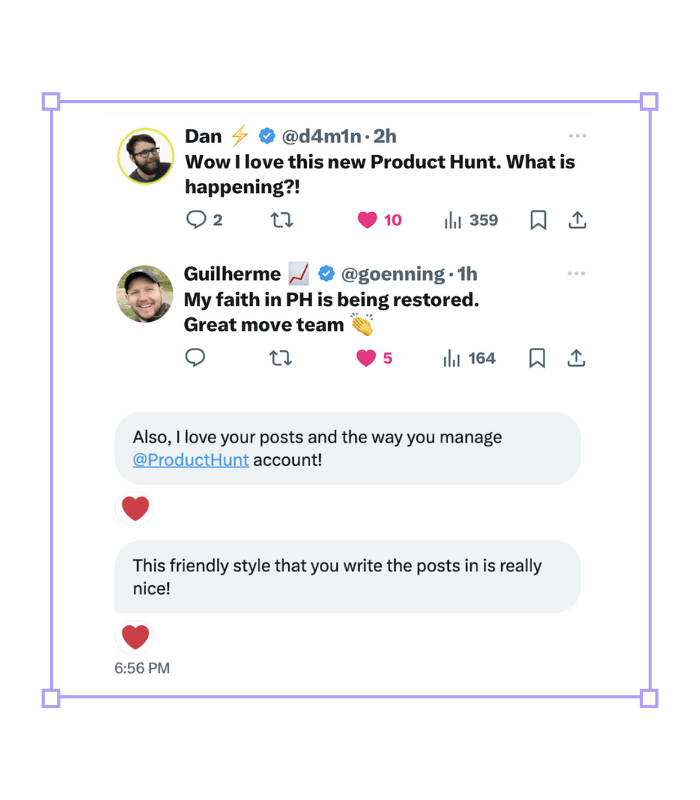
Brand accounts are not 1-way channels (!!!)
If all you do is post stuff, you're doing it very wrong.
Send DMs to users, hop on the phone and get coffee, ask how their projects are going, retweet users’ work and help them get more attention and make more money, post cool stories about your users, introduce users to each other and help them make new friends, and most importantly, have fun and send the occasional dank meme.
In essence, go make internet friends!
Act like a normal person from the brand account. Because people will know the faces of your brand (if you do steps 1 and 2 right above), then they’ll love your brand account too! That's how you build a real online community around your brand — while building a social media mafia!


Rabbit Hole
The where: 3x high-signal resources to learn more
Cyber Patterns
I write a weekly advice column on organic growth for startups. 150+ Sundays straight!
Growth Experiment Tracker
My Notion template to track your startup’s growth experiments.
The Jason Levin Show
In my podcast, I talk with the coolest creatives on the internet—everyone from brilliant founders and venture capitalists to millionaire memelords and internet-famous TikTokers—all about how to blow up the internet.


Whenever you're ready, there are 3 ways we can help you:
Our flagship course on how to use free internet data to make better strategic decisions. Contains 5 years of strategy expertise, proven methods, and actionable tactics to accelerate your career with modern-day strategy skills.
We have a growing audience of 55,000+ strategists from top companies like Google, Meta, Atlassian, Stripe, and Netflix. Apply to feature your business in front of Strategy Breakdowns readers.
One of the most common questions we get asked is: “What tools do you use to run Strategy Breakdowns?” So, we’ve open-sourced our tech stack to give you an inside-look at exactly what tools we’re using to power each corner of this operation.



